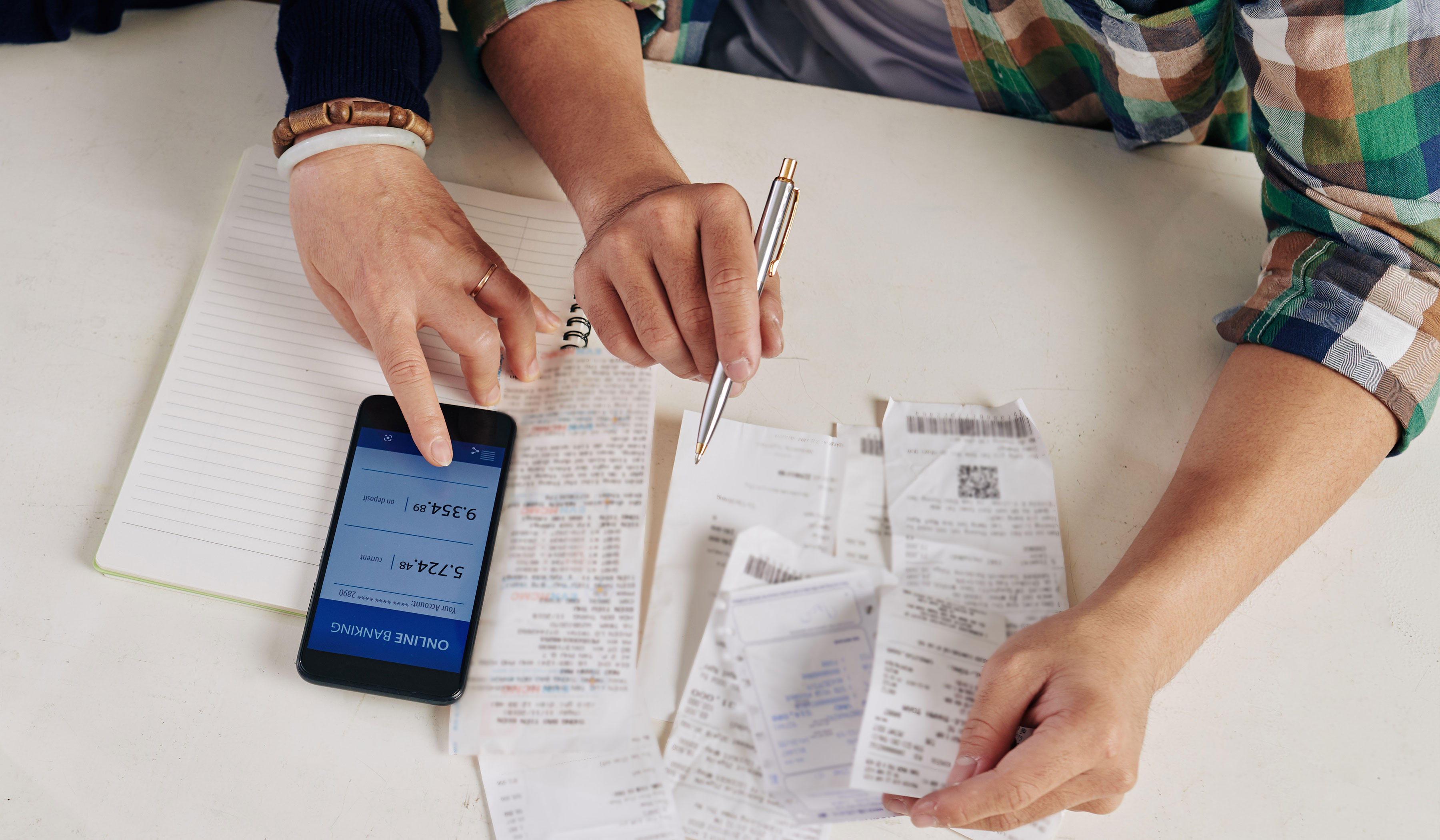
Long lines, swathes of red tape, confusing steps to follow, and circuitous payment processes are undoubtedly sources of ire among Filipinos. Sadly, for many years, these were part and parcel of regular transactions with the Philippine government, such as paying for taxes and settling social security loans. In recent years, however, there have been stronger efforts from Philippine national government agencies like the Bureau of Internal Revenue (BIR) to ease the burden on clients by employing a host of technologies. One such example is the introduction of cashless payments that can be done from home instead of onsite at a government office.
The BIR has done its part in making tax payments easier for Filipino individuals and businesses by using cashless solutions like those offered by Maya. Here’s a quick look at the improvements they’ve made to their tax collection process, plus how those improvements contributed to a better experience for their clients.
In the Philippines, individual income is taxed in three categories, namely compensation employment income, passive income, and professional income. Both local and international business entities, on the other hand, must pay corporate tax. In addition, Filipinos must also pay value added tax (VAT) or sales tax on imported, sold, bartered, or leased goods and services.
Before the digital era, one had no choice but to pay taxes in person or enlist the help of a representative to do so. That process typically entailed visiting the taxpayer’s respective BIR Revenue District Office (RDO) and presenting hardcopy BIR forms with attached documents. Then, they would have to wait in line to pay their tax and get the form validated by RDO staff. Payments done onsite would typically take hours, especially during the crunch time of tax filing in April. It wouldn’t be out of the ordinary for tax payments to take up the filer’s entire day because of travel and long queues.
These days, however, tax filers can simply use digital technologies, like the BIR’s ePay facility and Maya app, to settle their tax payments on time. For example, using Maya’s Pay Bills option, taxpayers can log in and choose BIR as their biller. Then, it’s just a matter of entering their taxpayer identification number or TIN, branch code, RDO code, form series and form type, tax type, and return type on the screen. After that, the taxpayer only needs to key in the amount they need to pay as well as the email address they’ll use for the receipt. In a matter of a minute or two, their monthly, quarterly, or yearly tax returns will be settled.
As you can imagine, going the cashless route for tax payment—instead of paying by cash or check onsite—has several advantages. Foremost among them are the following:
In a nutshell, cashless transactions make it much easier for taxpayers to complete their tax filing without any hiccups. With a cashless payment process that’s also more straightforward, taxpayers will have fewer anxieties about making incomplete or inaccurate tax payments.
Cashless transactions for tax payments are good for taxpayers and BIR employees alike because they cut the chances of late payments. Since they aren’t limited to the operating hours of their RDO and they can use cashless apps 24/7, taxpayers have more time to settle payments. And if the BIR can anticipate more timely payments from its constituents, the agency will be guaranteed the resources it needs to meet its mandate.
Cashless payments also relieve taxpayers of the burden of traveling, queueing, and sacrificing their productivity just to pay taxes. It no longer takes hours or days, plus a chunk of one’s pocket money, just to fulfill one’s tax obligations.
Last but definitely not least, a cashless system that improves the tax filing processes restores some much-needed goodwill among taxpayers and agency employees. With an efficient system at their disposal, the agency can conduct transactions to the best of their ability and uphold transparency in their revenue management. This, in turn, keeps taxpayers satisfied and instills in them some much-needed faith in the civil servants they transact with.
Final Words
Tax payment is just one of the many processes the Philippine national government is trying to improve using innovative digital technologies. Aside from taxes, it’s now possible to settle passport fees, business license fees, and monthly amortizations through cashless payment. Suffice to say, this isn’t the last effort that Filipino citizens will see from their government to make agency transactions faster, easier, and less burdensome. There are exciting times ahead as the government continues to partner with the private sector for digital, borderless, and collaborative governance.
Merchant inquiries:
Maya is powered by the country's only end-to-end digital payments company Maya Philippines, Inc. and Maya Bank, Inc. for digital banking services. Maya Philippines, Inc. and Maya Bank, Inc. are regulated by the Bangko Sentral ng Pilipinas.
www.bsp.gov.ph